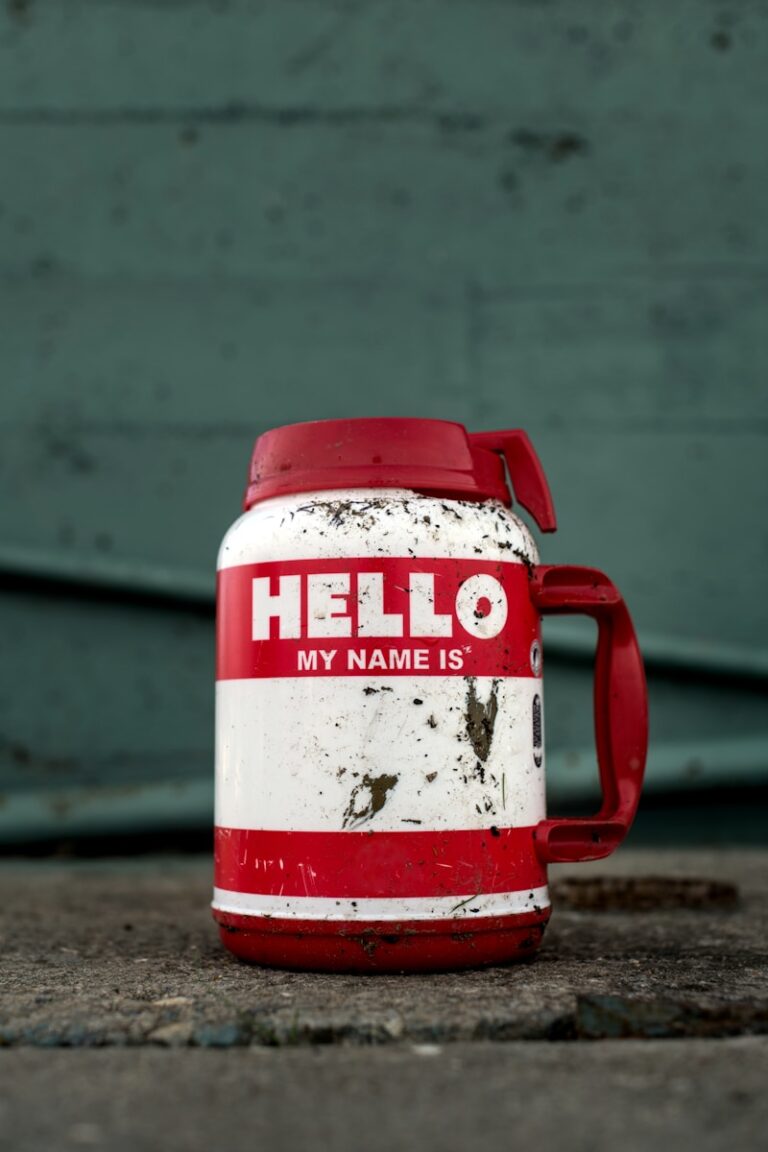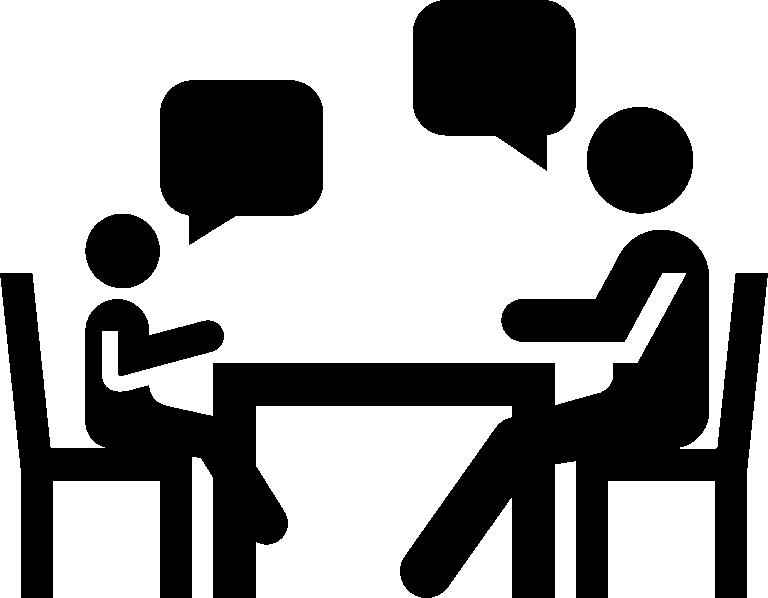
Family history is more than just names and dates on a family tree—it’s a collection of stories, traditions, and experiences that shape who we are. As a parent, I want my children to understand where they come from, appreciate their roots, and carry forward the values that define our family. But how do I make these stories meaningful and engaging for them?
Why Family History Matters
Talking to children about family history helps them develop a sense of identity and belonging. Research suggests that children who know about their family’s past tend to have higher self-esteem and resilience. They feel connected to something bigger than themselves, which gives them confidence in facing life’s challenges.
Understanding family history also teaches important life lessons. Stories of perseverance, migration, hard work, or overcoming adversity can inspire children and provide them with role models. They may learn about ancestors who worked tirelessly to provide for their families, fought for their beliefs, or contributed to their communities in meaningful ways.
Making Family History Engaging
One of the best ways to introduce family history is through storytelling. Instead of listing names and dates, I can share personal anecdotes, interesting facts, or funny moments about their grandparents and great-grandparents. For example, if an ancestor was known for making the best homemade bread, I can bake together with my kids while sharing that story.
Looking at old photos and videos also brings history to life. Children are naturally curious, and showing them pictures of their ancestors as children or in different eras makes history more relatable. They may enjoy comparing facial features, noticing fashion styles, or imagining what life was like in the past.
Another engaging way is through interactive activities. Creating a simple family tree together, visiting ancestral hometowns, or even cooking traditional family recipes can make history feel alive. Technology also plays a role—using apps or websites to explore genealogy can make the process exciting, especially for older kids.
Encouraging Questions and Conversations
To make family history a meaningful part of our lives, I encourage my kids to ask questions. “What was life like when Grandma was my age?” “Why did our family move to this country?” “What traditions have been passed down?” By making these conversations natural and open-ended, I allow my children to explore their heritage in ways that interest them.
It’s also important to address the difficult parts of family history. Not every story is happy, and some ancestors may have faced hardships, discrimination, or made choices we might not agree with today. By discussing these topics with honesty and sensitivity, I can help my children understand history in a balanced way and learn valuable lessons about growth and change.
Passing Down Traditions and Values
Legacy preservation isn’t just about the past—it’s about the present and future. By sharing traditions, whether it’s celebrating cultural holidays, speaking our native language, or practicing certain customs, I help my children stay connected to their roots. These traditions become part of their identity and something they can pass down to future generations.
Talking to my kids about family history is not just about preserving the past—it’s about strengthening our family bond and giving them a sense of belonging. By making history engaging, encouraging curiosity, and passing down traditions, I can help them appreciate their heritage in a meaningful way. In doing so, I hope they will feel proud of where they come from and carry our family’s legacy forward.




